World Architecture Festival 2021 reveals Completed Buildings shortlist
by Jerry ElengicalJul 23, 2021
•make your fridays matter with a well-read weekend
by Jerry ElengicalPublished on : Jul 10, 2021
The 2021 edition of the World Architecture Festival (WAF) - one of the largest global architectural events - is scheduled to take place at the FIL Exhibition centre in Lisbon, Portugal from 1-3 December this year. Organised by EMAP, part of the UK-based Metropolis Group, the festival recognises excellence and provides a platform for the global architectural community to interact, learn, and draw inspiration from each other.
Kicking off its extensive list of honours, WAF recently announced the 12 winners of the WAFX Prize 2021, chosen from submissions to its ‘Future Projects’ Awards bracket. The 12 proposals span multiple domains and typologies with many distinguished architectural firms as part of it. Together with its sponsors - GROHE(founder partner) along with ABB and Miele(headline partners) - this iteration of the design awards acknowledges ambitious project proposals tackling pressing issues such as climate change, ageing populations, food supplies, pandemic, cultural identities, and social equity.
In an official release about the announcement, Director of the World Architecture Festival, Paul Finch, states, "This year’s WAFX winners feature an inspiring set of ideas and approaches in respect of many of the major issues of our time. From all-wood offices to conceptual projects combining nature with the man-made, architects have once again shown how design can be deployed to tackle challenges and investigate opportunities."
Here are this year's WAFX Prize winners:
Shaded by an undulating roof with a form influenced by ancient Chinese scrolls, the Taikang Community Gui Garden by Sunlay-Fangwei Architects reimagines the natural landscape of China Guangxi province to craft a comfortable living environment for senior citizens. Located in a region known for its mountainous terrain, rice terraces, and rivers, the design accommodates residential units, medical care facilities, independent living support, and an activity centre.
A landmark net-zero carbon office and maker space, the project proposes to convert a neglected Costa Coffee roastery on Old Paradise street in London into a cross-laminated timber structure with an extruded terracotta facade. Designed by British firm Feilden Clegg Bradley Studios, the proposal is said to be on course to achieve a negative carbon footprint for nearly 60 years due to its easy end-of-life dismantling process, low-energy use, and functional flexibility.

Drawing from Bahay Kubo dwellings native to Philippines Japanese architecture firm Sou Fujimoto Architects imagined a crystalline bamboo grid-like structure as a vertical extrusion of the rice fields that once dotted the province of Laguna where the project's site is situated. Consisting of a condominium tower and an architectural museum, the design embeds natural vegetation into the rising grid structure to create an evolving vertical forest.

Part of the Saadiyat Island development in Abu Dhabi that includes monumental projects such as Jean Nouvel Louvre Abu Dhabi and Frank Gehry planned new Guggenheim Museum the Zayed National Museum commemorates the life of the late Sheikh Zayed bin Sultan Al Nahyan - founder of the United Arab Emirates. Featuring latticed steel towers resembling the wings of a bird, the upcoming museum by Foster + Partners will showcase the country's transformation and cultural heritage within a form that blends Middle-Eastern design with contemporary features.
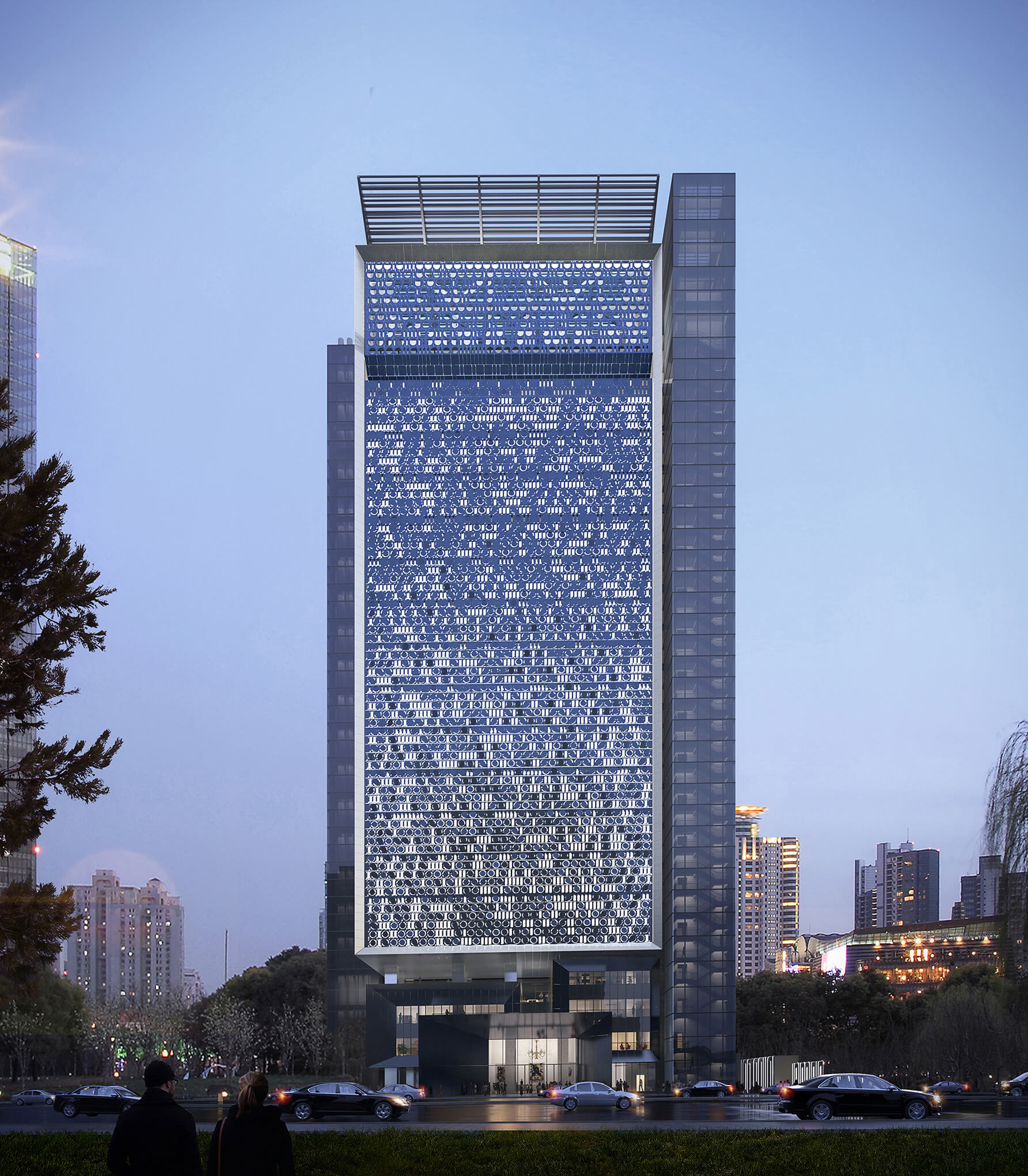
Expected to become the world's first high-rise data centre, the telecommunication centre in Shenzhen, China, incorporates an interactive facade design that features elements which move with the wind. The spaces within the tower include offices and a terrace for IT workers offering vistas of the city and adjoining bay.
When commissioned to design an inspirational structure that nurtured progressive architecture, transdisciplinary design practice 3deluxe envisioned a floating mobile campus off the Manhattan shoreline for New York-based organisation, We The Planet. With a fluid design concept, housing facilities for international summits and educational programmes, the campus design also includes a biotope that produces its own energy and drinking water.
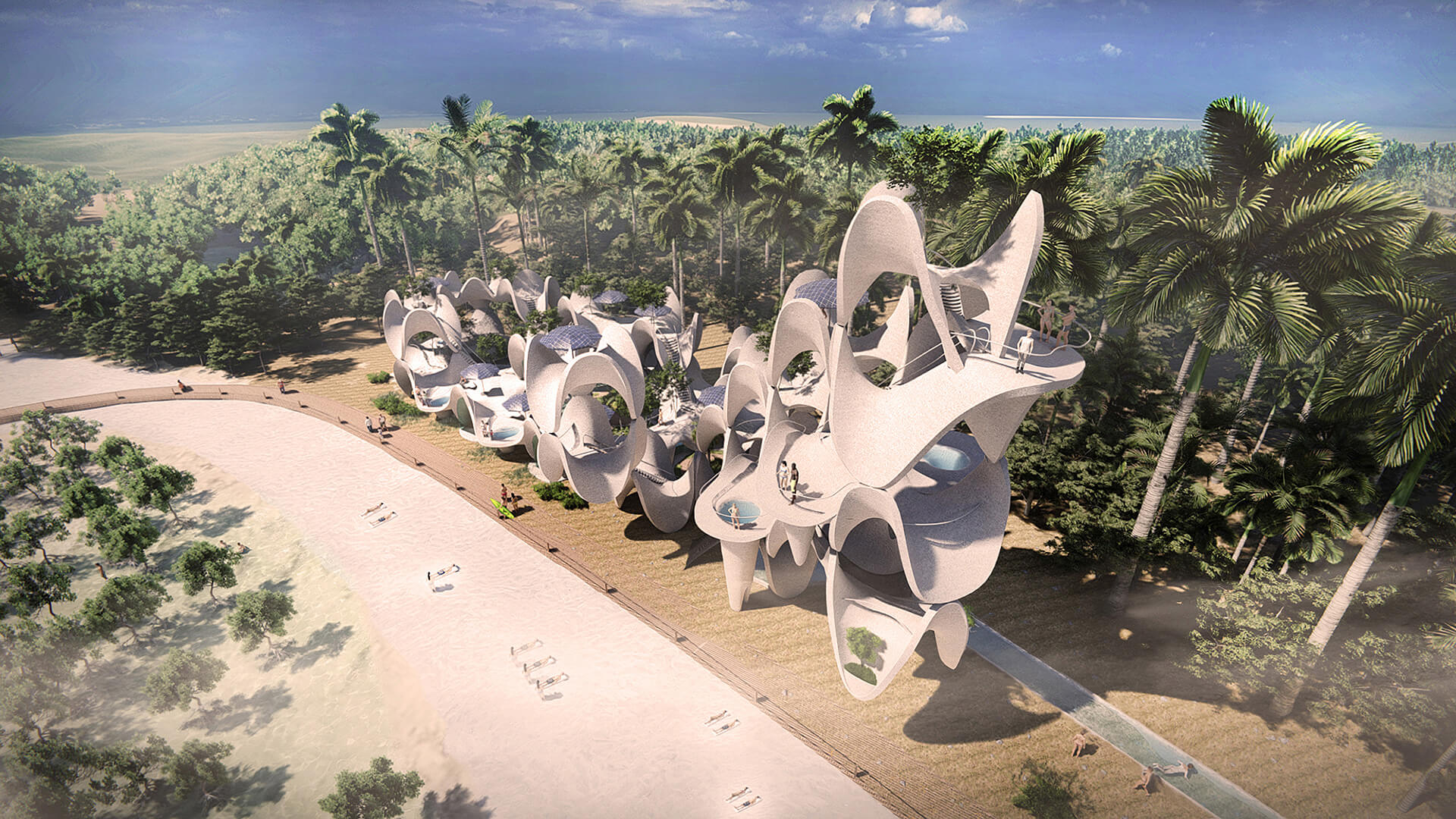
Designed to enhance local farming and fishing industries on Cagbalete Island in the Philippines, this mixed-use eco-tourism development proposal marries sustainability with a modular prefabricated design inspired by local corals. Built from membranes of sand, soil, and fishing nets, the design combines farming and recreation in a restaurant focused on local produce.
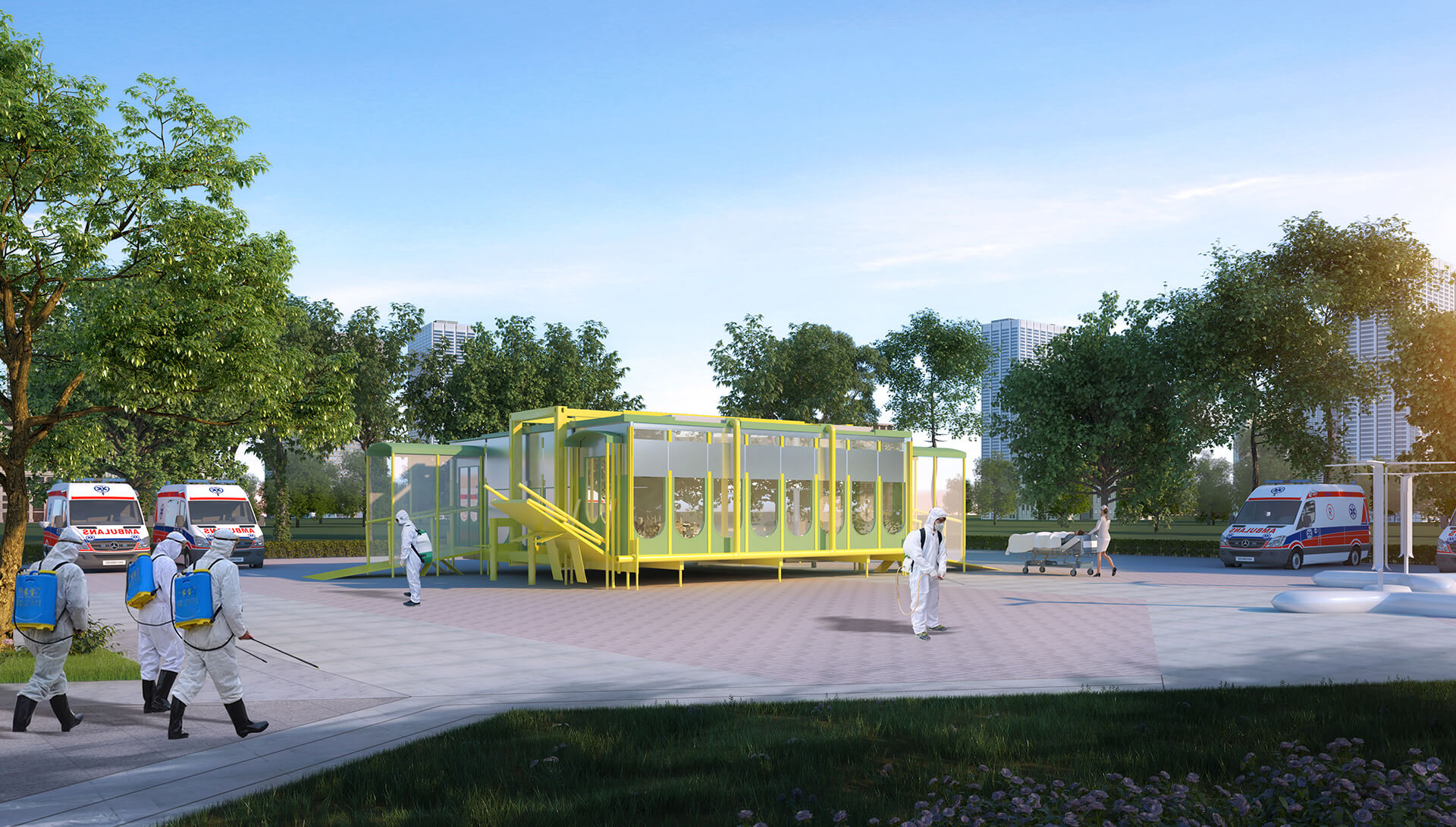
To permit rapid construction and disassembly in response to pandemic situations, this modular hospital design utilises the premise of an isolation ward as its primary building block, with auxiliary modules for treatment, cleaning, and offices structured around it. A relevant concept given current global events, the system allows hospitals to be built, transported, and re-adapted easily.
A vision for the adaptive reuse of the world's largest collection of grain elevators, Silo City will create a thriving arts and cultural campus on a 1,000,000 sq ft site near the Buffalo River in New York. Leaning on the location's architectural and historical significance, the project will develop spaces that aid both grassroots and globally renowned institutions and artists through sustainable development.
A joint venture between the Toyota Motor Corporation and Denmark-based Bjarke Ingels Group (BIG), the Toyota Woven City will be the world's first urban incubator centered on advancements in mobility The smart city project, set to crop up along the foothills of Mount Fuji in Japan will incorporate a linear pedestrian park in its woven grid of city blocks - with streets optimised for movement across various speeds, accounting for the realms of micro-mobility and autonomous vehicles.
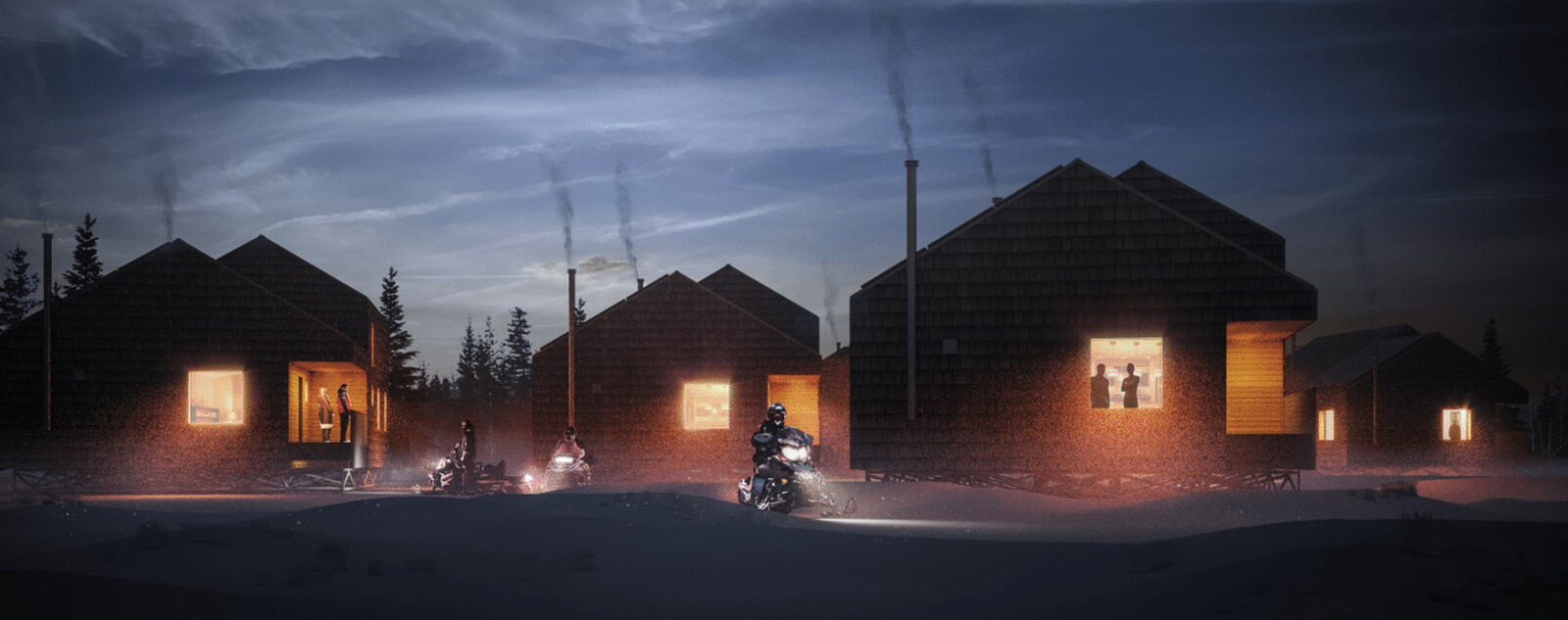
The project is a durable housing system developed by Canada-based KPMB and Two Row Architects, in consultation with the Fort Severn First Nation - Ontario's northernmost indigenous community. It uses traditional stick-frame construction to create housing for community elders and young families who are often forced to reside within congested environments. Easily reconfigured to cater to evolving needs, the system a resilient and portable design to account for the community's limited accessibility by ice road or air.
Comprising three islands bisected by a four-kilometre canal park, Horizon Manila is a mixed-used urban reclamation project by WTA Architecture + Design Studio, set to take shape in Manila Bay, Philippines. On a 419-hectare site, the urban design project aims to foster the growth of the nation's capital, with waterside neighbourhoods, gardens, and parks, integrating heritage and sustainable lifestyles.
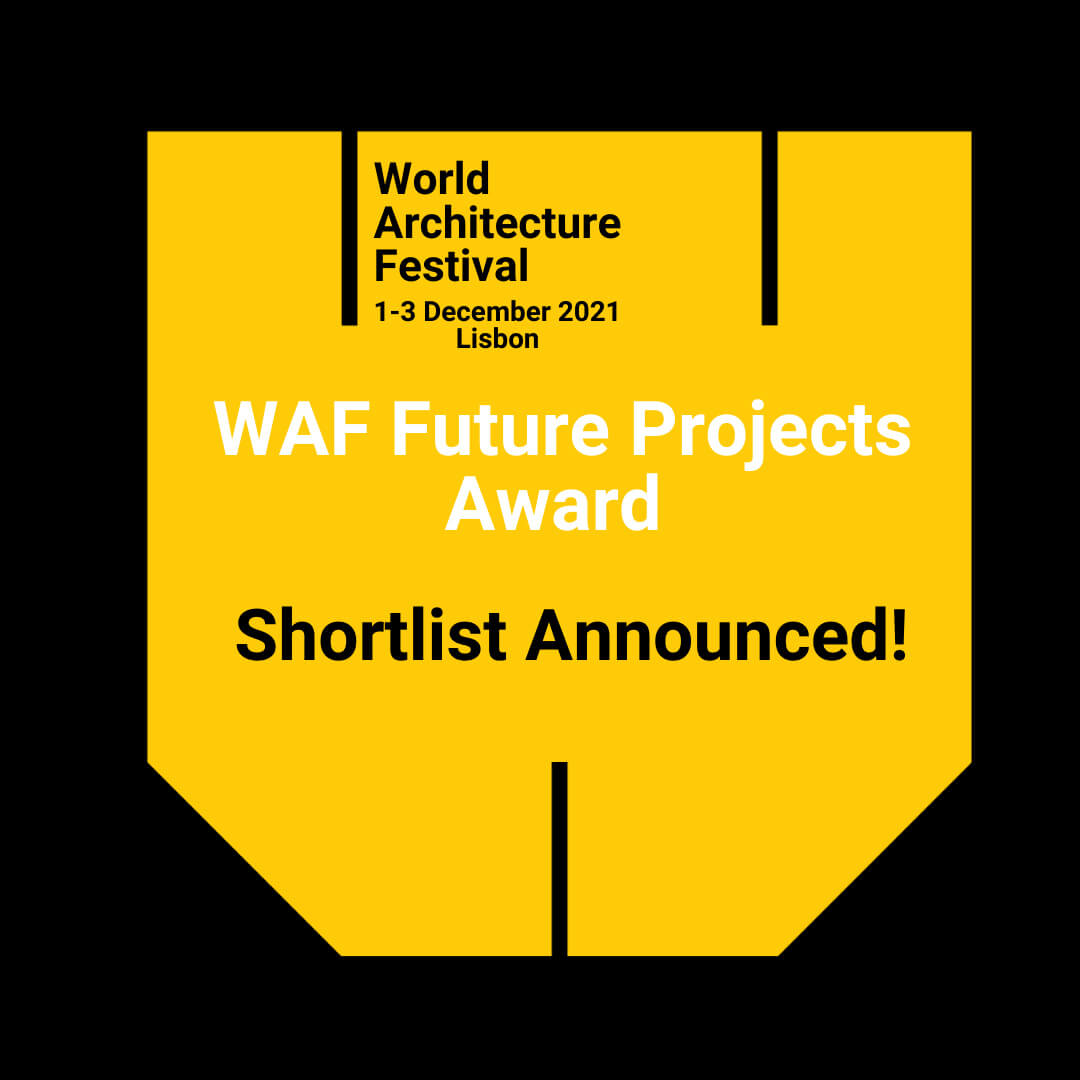
Additionally, WAF also unveiled its first shortlist of entries for the Future Projects Awards this year, split into 13 categories. Interviews with WAFX Award winners and discussions concerning the Future Projects shortlist will take place at the WAF Futures virtual event, occurring live from 12-14 July 2021. At the event in December, 180 competing entries from 40 nations in the Future Projects bracket will present their designs before a judging panel, following which the winners from each category will be announced.
Click here to see the full shortlist of projects from all categories of the Future Projects Awards.
by Bansari Paghdar Oct 16, 2025
For its sophomore year, the awards announced winners across 28 categories that forward a contextually and culturally diverse architectural ecosystem.
by Mrinmayee Bhoot Oct 14, 2025
The inaugural edition of the festival in Denmark, curated by Josephine Michau, CEO, CAFx, seeks to explore how the discipline can move away from incessantly extractivist practices.
by Mrinmayee Bhoot Oct 10, 2025
Earmarking the Biennale's culmination, STIR speaks to the team behind this year’s British Pavilion, notably a collaboration with Kenya, seeking to probe contentious colonial legacies.
by Sunena V Maju Oct 09, 2025
Under the artistic direction of Florencia Rodriguez, the sixth edition of the biennial reexamines the role of architecture in turbulent times, as both medium and metaphor.
 surprise me!
surprise me!
make your fridays matter
SUBSCRIBEEnter your details to sign in
Don’t have an account?
Sign upOr you can sign in with
a single account for all
STIR platforms
All your bookmarks will be available across all your devices.
Stay STIRred
Already have an account?
Sign inOr you can sign up with
Tap on things that interests you.
Select the Conversation Category you would like to watch
Please enter your details and click submit.
Enter the 6-digit code sent at
Verification link sent to check your inbox or spam folder to complete sign up process



by Jerry Elengical | Published on : Jul 10, 2021
What do you think?